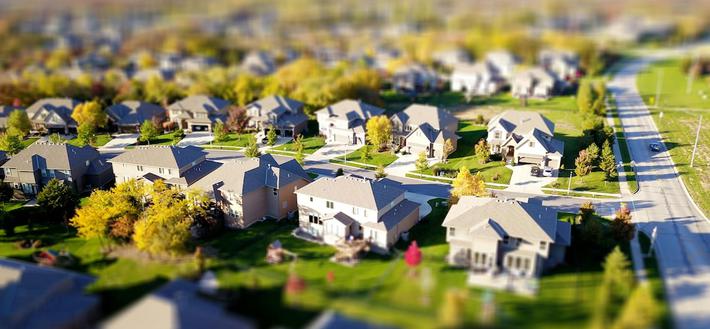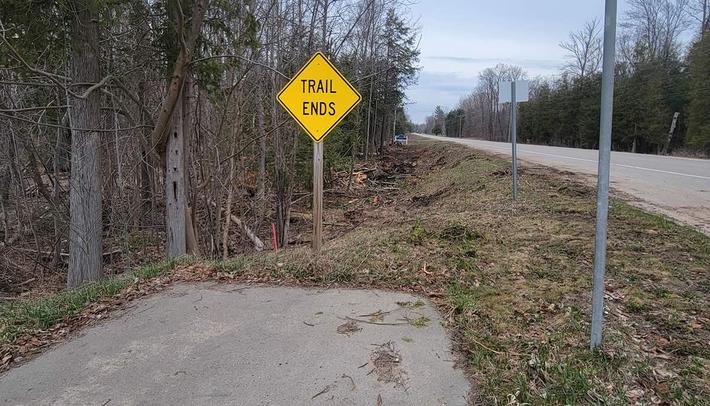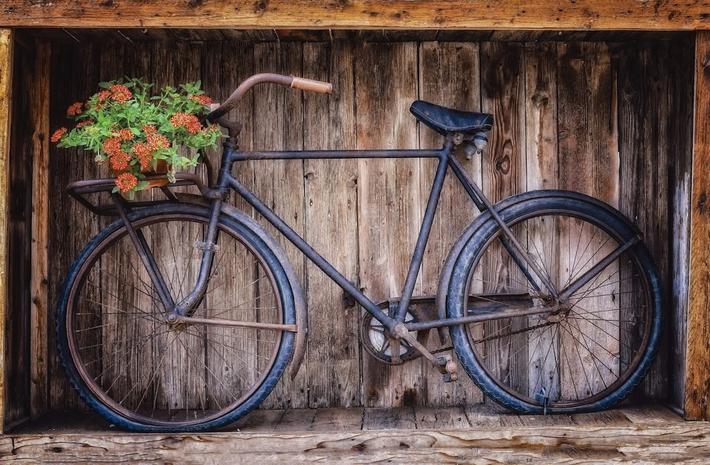
How the Homestead Became Everything to Everyone
The history of the America's Freshwater Resort
By Craig Manning | Dec. 16, 2023
Today, it’s Leelanau County’s biggest resort hotel—a destination for weddings, ski trips, family vacations, and more. Before all the condos, restaurants, swimming pools, and ski lifts, though, the Homestead was just a bare-bones camp for boys, and before that, a tranquil piece of land that caught the eyes of a married couple who’d scoured the midwestern United States for a place to put down roots.
One hundred years on (give or take) from when that couple first acquired the Homestead land, Northern Express takes a look back at the storied saga of the property and its dramatic evolution.
Searching for the Perfect Place
“[Homestead founders] William and Cora Beals were educators from St. Louis, Missouri, and they looked all over the Midwest to find a site,” says Bob Kuras, longtime owner and developer of the Homestead.
As the story goes, the couple were looking for “the most beautiful beach” that the Great Lakes had to offer. “I think all or most of the spots they found eventually became national parks,” Kuras adds. That includes the Homestead, which sits inside the boundaries of what eventually became the Sleeping Bear Dunes National Lakeshore.
But the 1970 authorization of Sleeping Bear Dunes as a national park was still nearly half a century away when the Beals arrived at the spot where the Crystal River flows into Lake Michigan. The couple knew right away that they’d found their perfect place.
“They bought this property and started it out as a camp for boys of the Christian faith,” Kuras says. Campers spent time in the woods, explored the waters in canoes and sailboats, grew vegetables and raised animals, and partook in other outdoor activities.
Accounts differ on when exactly the Beals purchased the Glen Arbor property. Kuras guesses the acquisition happened around 1923 or 1924. Historians of Camp Leelanau, the name of the boys camp the Beals started, suggest it was 1921. (Camp Leelanau is still around as a summer camp for kids and teens from Christian Science families.) Per the Camp Leelanau website, the boys camp dates back to 1921, while a Camp Leelanau for Girls—now called Camp Kohahna—was added at the Homestead site in 1971. In 1980, the camps vacated the Homestead space and moved north, first to a spot on Northport Bay, then to their current location near Pyramid Point.
From Camp to Boarding School
Kuras says parents were so satisfied with the first few years of Camp Leelanau that they were soon asking the Beals to add a year-round boarding school. “I believe that’s what led to the construction of what we now call ‘the inn,’” he says.
That construction would play out against the backdrop of the Great Depression. The project kicked off in August of 1929, and the stock market crashed in October. “I’m told that, during the Depression, there were times that the Beals traded work on the building [from parents or families] for teaching their children,” Kuras notes.
The inn building was completed in 1932. That same year, the boarding school—called Leelanau for Boys and focused on the same Christian Science demographic as Camp Leelanau—graduated its first high school class. In 1940, a second school, Pinebrook for Girls, was added, though the two schools eventually consolidated as simply “the Leelanau Schools.” The Leelanau School, like Camp Leelanau, still exists today.
As the schools and the camps grew, the Homestead developed into a summertime resort getaway for families. According to the Homestead website, though, a time eventually came when “the Beals’ successors decided to relocate the camps, contract the school, and sell the Homestead.”
The Modern Era Begins
So it was then, in the mid-1970s, that a new family took ownership of the Homestead. Kuras says he first “became involved” with the resort in 1974, adding that the property was “really struggling” at the time. Kuras and his colleagues took on the mission of giving the Homestead a “fresh start.”
“We decided to take a full year and take a look at the industry and try to understand what people were looking for, what the trends were, and what was coming,” Kuras says. That period of soul-searching and market research ultimately led Kuras and his team to a burgeoning resort in Hilton Head, South Carolina, called Sea Pines.
Per Kuras, the founder of Sea Pines was a Yale alumnus named Charles Frazier, who’d inherited the land from his wealthy family. “He was a real pioneer,” Kuras says of Frazier. “His concept, which I think was written as a thesis at Yale, was that resorts were doing things the wrong way.”
Kuras continues: “It used to be that most resorts were oriented to a single recreational activity—which usually meant they were oriented toward Dad. At that point, only 25 percent of the American workforce was women, so it was the dad who was working, and so if Dad liked to fish, Mom and Dad and the kids all went to a fishing camp for their vacation.”
Other resorts of the time hewed to similarly single-minded approaches: all golf, all skiing, all beach. Frazier broke that precedent. “He came up with the idea of a resort having everything: golf and tennis and spa and beach, and lots of pools and restaurants, and all that stuff,” Kuras says. “So, if Mom loved tennis and Dad loved golf, they could both have a wonderful day and everybody was happy. We thought that made a lot of sense and really tried to do everything we could do to emulate it.”
Embracing Frazier’s “everything to everyone” concept helped the Homestead find success, but it wasn’t the only key. In Kuras’s mind, the resort’s decision to prioritize its forest setting was just as important. Rather than clear-cut the trees to make way for more development, Kuras says the Homestead committed to the township early on “that it would not build above 70 percent of the allowable density.” Resort leaders also had an early survey done of the property that not only looked at topography, but also at the trees themselves.
“We had surveyors going around and saying, ‘Ok, this is an 18-inch pine; this is a 12-inch oak,’ and they would map the exact location of the trees and these species and size specifications,” Kuras recalls. “That meant we could plan for new buildings while also avoiding the best trees. Even today, you can drive the south end of the property and look at some of the townhome buildings there, and it’s amazing to see how close the trees are to the buildings. The topography and the forest really look like they weren’t disturbed.”
Out of Reach?
While parts of the Homestead still look untouched by time, though, Kuras admits there’s been plenty of change over the years. “There’s restaurants and spas and salons and fitness centers. There’s tennis and golf and skiing and pools. There are three different wedding venues. And there are a little more than 1,000 families that live on this property. That’s a long way from the 30 or so that were here when I started. There’s about 250 people who work here at peak.”
Also changing? The average Homestead customer. In the early days, Kuras says the median age of a Homestead guest was mid-50s and “not necessarily affluent.” Today, the median age is 30-something and the median income is about $200,000, which Kuras says “puts our typical customer in what’s called the ‘affluent traveler segment.’”
Kuras worries that the shift toward wealthier guests is pushing the Homestead away from the very “cater to all” rule that allowed the resort to take flight in the 1970s. This ski season, he’s on a mission to change the trend.
“We really want to look at pricing,” Kuras concludes. “It strikes me that, in many ways, ski resorts are pricing themselves out of reach of most of America. So, we’re going to do some changes to our pricing that I hope will address that. Because [skiing] is a great family outing, and I want it to be accessible to the typical family again.”
Trending

Walking in an Artsy Wonderland
Michigan Legacy Art Park is hosting the “Raindrops” artwork created by Dewey Blocksma and Patricia Innis at th... Read More >>
Seven Takeaways from Local Real Estate Agents for the Spring/Summer Market
The last few years in local real estate have been akin to what one local agent described as the “wild west,” w... Read More >>
Blazing the Boyne City to Charlevoix Trail
We’re getting ever closer to an interconnected northern Michigan thanks to ongoing work on the Boyne City to Charlev... Read More >>


